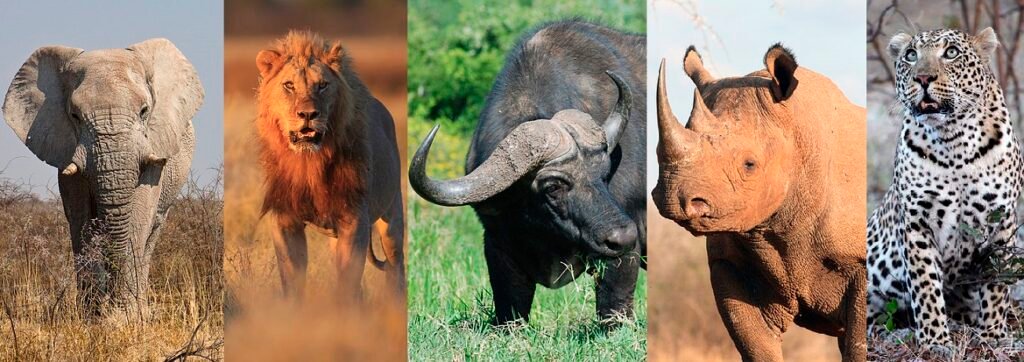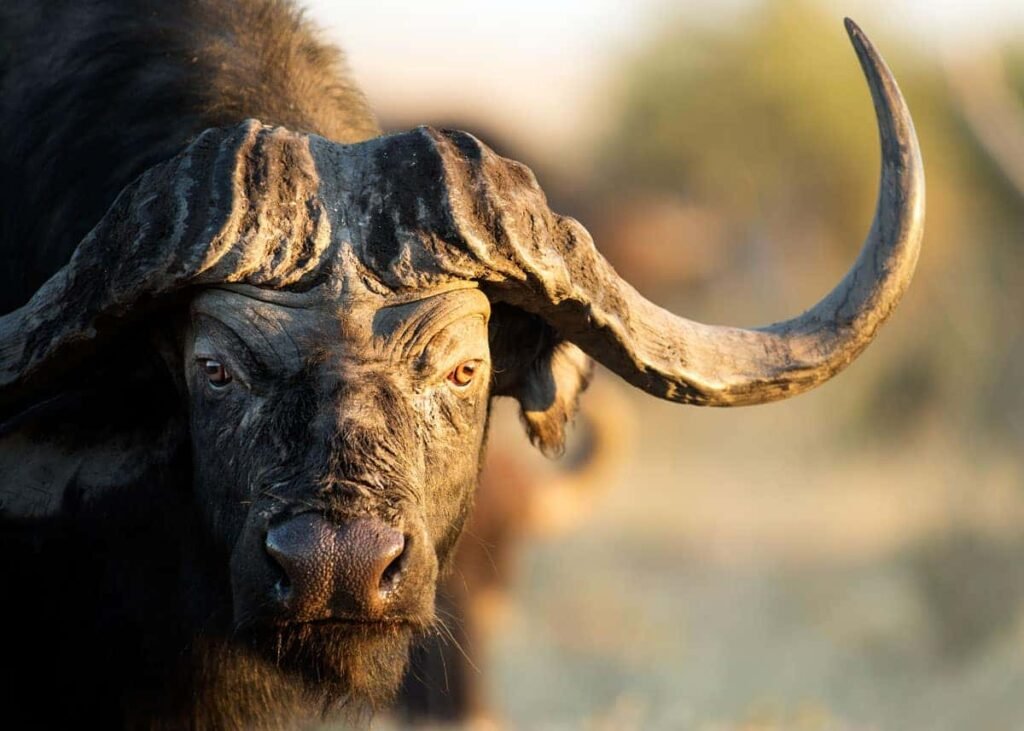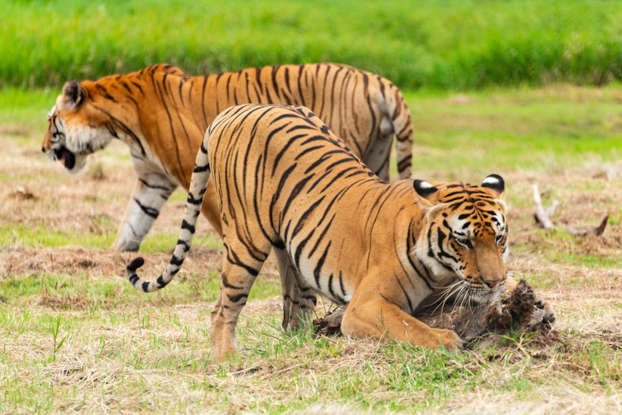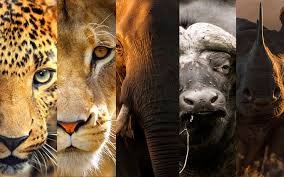Africa is home to some of the most iconic and fascinating animals on the planet. From the mighty elephant to the elusive leopard, African safari animals offer a window into the wild unlike anywhere else. While many of these creatures are well known, there are countless lesser-known facts that make them even more intriguing. In this article, we dive deep into the animal kingdom of the African savannah and uncover the secrets behind the most captivating safari animals.
The Big Five: Legends of the African Safari

The term “Big Five” originally referred to the five most difficult animals to hunt on foot. Today, these animals are among the most sought-after sightings for safari-goers.
1. African Elephant
- Largest land animal on Earth
Adult males can weigh up to 12,000 pounds. - Use of tusks and trunk
Their trunks have over 40,000 muscles and are used for eating, drinking, and even greeting each other. - Emotional intelligence
Elephants mourn their dead and display empathy, a trait rare in the animal kingdom.
2. African Lion
- Only social big cats
Lions live in prides, which can include up to 30 members. - Roar travels far
A lion’s roar can be heard up to 5 miles away. - Female hunters
Female lions do the majority of the hunting while males defend the territory.
3. African Leopard
- Masters of stealth
Leopards are solitary, nocturnal, and extremely elusive. - Tree dwellers
They often drag their prey up into trees to protect it from scavengers. - Diverse diet
Leopards can eat anything from insects to antelopes.
4. Cape Buffalo

- Unpredictable behavior
They are known to be one of the most dangerous animals to encounter on foot. - Strong social bonds
Herds protect the young fiercely and will come to the aid of a fallen member. - Impressive memory
Cape buffalo can recognize threats and hold grudges against predators and even humans.
5. Rhinoceros
- Endangered status
Both black and white rhinos are under threat due to poaching. - Misleading names
The white rhino’s name comes from the Afrikaans word “weit” (wide), referring to its mouth, not its color. - Poor eyesight, strong smell
Rhinos have poor vision but a very keen sense of smell and hearing.
Other Noteworthy African Safari Animals
While the Big Five get a lot of attention, Africa’s wildlife is far more diverse.
1. Giraffes: The Tallest Land Mammals
- Giraffes have tongues up to 18 inches long.
- Despite their long necks, they have the same number of neck vertebrae as humans—just seven.
2. Zebras: Striped and Smart
- No two zebras have the same stripe pattern.
- Their stripes act as a natural insect repellent and may confuse predators.
3. Hippopotamuses: River Giants
- Hippos are more dangerous than lions in terms of human deaths.
- Despite their bulk, they can run faster than a human on land.
4. Cheetahs: Speed Demons of the Savannah
- Cheetahs can go from 0 to 60 mph in just 3 seconds.
- They cannot roar like lions but purr like domestic cats.
5. Hyenas: Not Just Scavengers
- Female hyenas are dominant and larger than males.
- Their laughs are actually communication signals that reveal age, social status, and intent.
Fascinating Behaviors and Adaptations

African animals have evolved in unique ways to survive the harsh climates and predatory pressures of the continent.
1. Survival Strategies
- Mimicry: Some animals, like certain butterflies and beetles, mimic dangerous species to avoid predation.
- Camouflage: Animals like leopards and chameleons use camouflage to blend in with their surroundings.
2. Migration Marvels
- The Great Wildebeest Migration involves over 1.5 million animals crossing the Serengeti-Mara ecosystem in search of food and water.
- Zebras and gazelles often travel with wildebeest for protection and better foraging.
3. Communication Techniques
- Elephants communicate through low-frequency rumbles that travel through the ground.
- Lions use scent marking and roaring to establish territory.
Conservation Challenges and Success Stories
African safari animals face many threats but also benefit from global conservation efforts.
1. Poaching and Habitat Loss
- Rhinos and elephants are heavily targeted for their horns and tusks.
- Urban expansion, farming, and deforestation are shrinking habitats.
2. Protected Reserves
- Parks like Kruger National Park (South Africa) and Serengeti National Park (Tanzania) are critical for wildlife conservation.
- Community-based conservation programs are helping local people benefit from protecting wildlife.
3. Technology and Conservation
- GPS collars, drones, and camera traps are being used to monitor animal movements.
- AI tools help track poaching activity in real time.
Cultural Importance of African Animals
Animals are deeply rooted in African culture, religion, and folklore.
1. Totems and Tribal Symbols
- Many African tribes have animal totems representing their clans, such as lions for strength and elephants for wisdom.
2. Animal Myths and Legends
- Hyenas are often seen as tricksters in folklore.
- Lions and leopards are symbols of royalty and courage.
Tips for a Memorable African Safari Experience
1. Best Time to Visit
- The dry season (June to October) is ideal for wildlife viewing as animals gather around waterholes.
2. What to Pack
- Binoculars, camera, neutral-colored clothing, sunscreen, and insect repellent.
3. Ethical Safari Travel
- Choose eco-friendly lodges and tours that support local conservation.
- Avoid animal interaction tours that exploit wildlife for entertainment.
Also Read : Urban Wildlife Conservation: Protecting Nature In Growing Cities
Conclusion
African safari animals are more than just subjects of photography or checklists for travelers—they are key components of an ancient and intricate ecosystem. Whether it’s the commanding presence of the lion or the gentle grace of a giraffe, each creature plays a role in the wild’s survival dance. As we continue to learn more about these animals, we also gain insight into the importance of preserving their habitats and respecting their natural behaviors. By appreciating the wonders of African wildlife, we take a step closer to protecting one of the world’s most awe-inspiring natural legacies.
FAQs About African Safari Animals
Q1: What is the best country for an African safari?
A: Kenya, Tanzania, South Africa, and Botswana are among the top safari destinations due to their rich biodiversity and well-managed national parks.
Q2: Are safaris safe for tourists?
A: Yes, as long as you follow safety guidelines, travel with a reputable operator, and respect wildlife boundaries.
Q3: What animals are most commonly seen on safari?
A: Lions, elephants, giraffes, zebras, wildebeest, and antelopes are commonly spotted in many safari parks.
Q4: How do animals react to safari vehicles?
A: Most animals are habituated to vehicles and don’t see them as a threat, which allows for close, safe viewing.
Q5: Can you do a safari on a budget?
A: Yes, budget safaris are available, especially in countries like Kenya and South Africa. Camping safaris are an affordable and immersive option.





